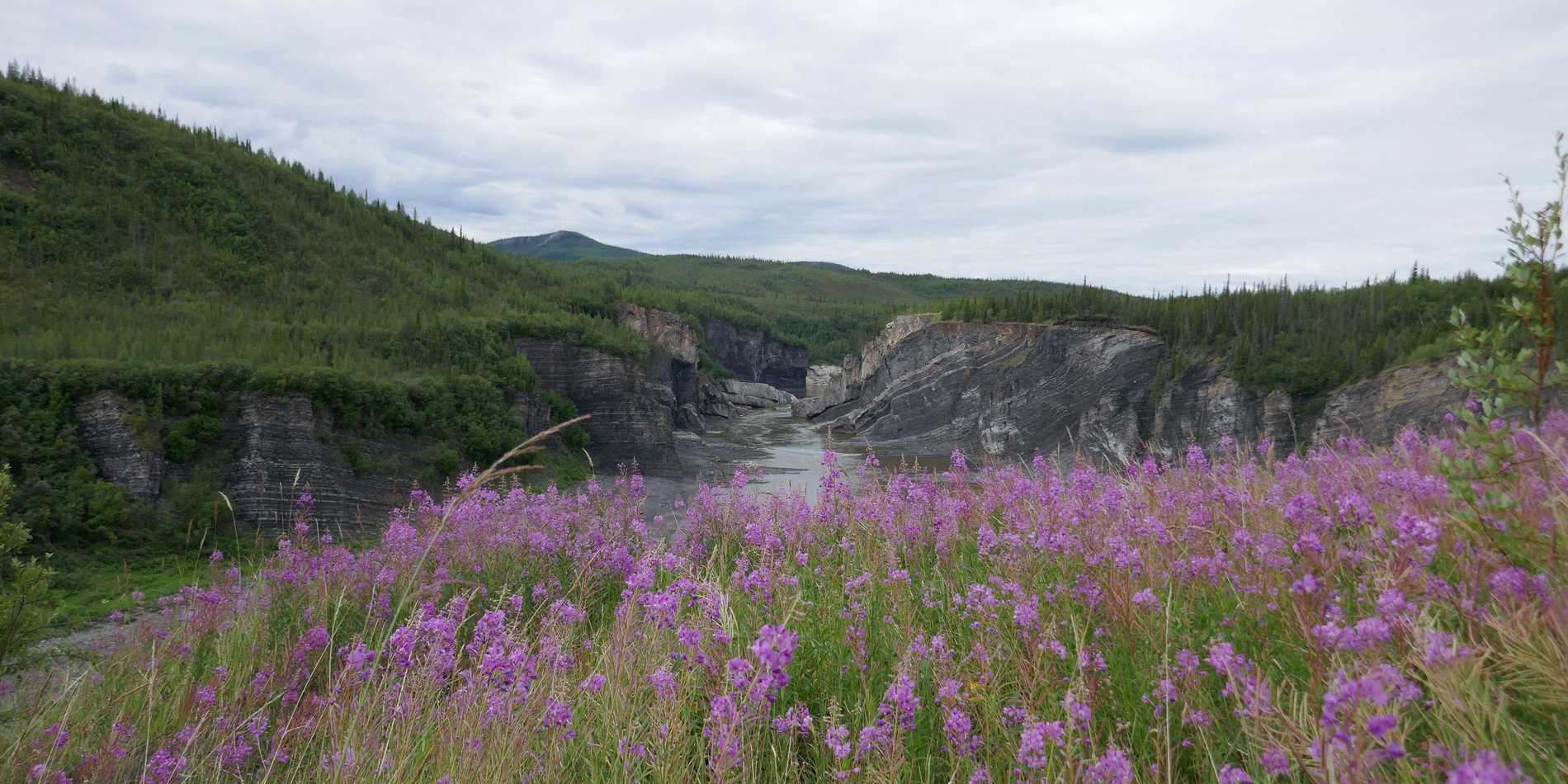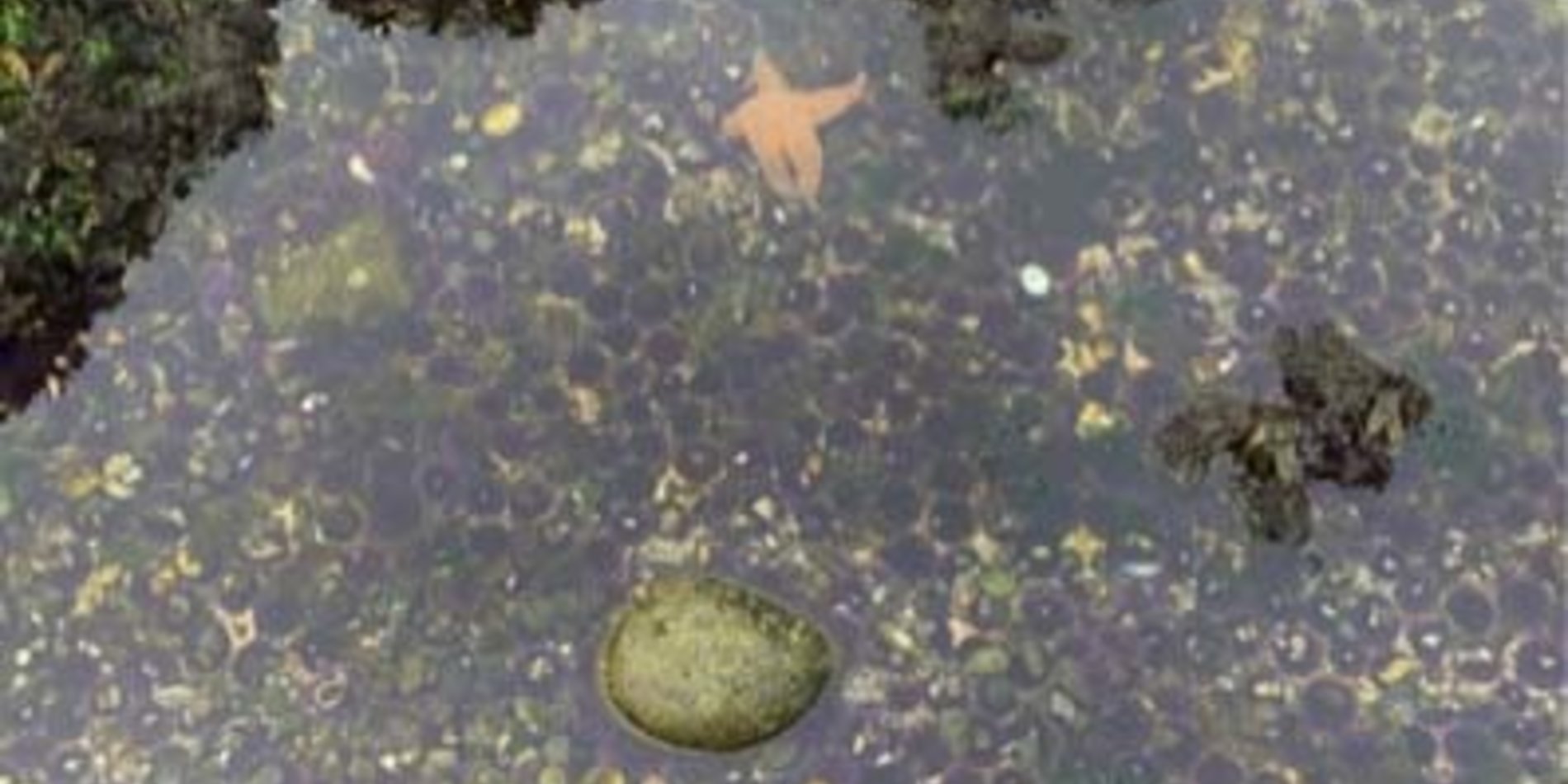Papers on Mesoproterozoic redox published

Two papers from the lab have recently come out on Mesoproterozoic redox conditions and organic carbon burial. First, Malcolm Hodgskiss completed a sedimentary geochemical study of the ~1.1 billion year old Arctic Bay Formation, Baffin Island, Nunavut, Canada. The formation is intriguing as it contains several hundred meters of ~10 weight percent total organic carbon. When corrected for thermal maturity, this formation originally contained many times more organic carbon than the richest source rocks in the productive Gulf of Mexico and west african margin petroleum systems. Yet, the Mesoproterozoic is believed to be a relatively low-productivity Earth system. In the paper, published in Earth and Planetary and Science Letters and accessible here, Malcolm explored how this high TOC shale may have formed in a low-productivity world.
Second, researchers from University of Science and Technology of China, led by Xiaoyan Chen, who visited the lab to conduct iron speciation measurements, have published a paper on the redox geochemistry of drill cores from the Yanshan basin in North China. The paper, published in Precambrian Research, can be found here. The paper provides the first redox geochemical data from several formations in the basin, helps fill in a data gap from 1400-1500 Ma globally, and highlights the intriguing iron speciation signatures during the Mesoproterozoic.



